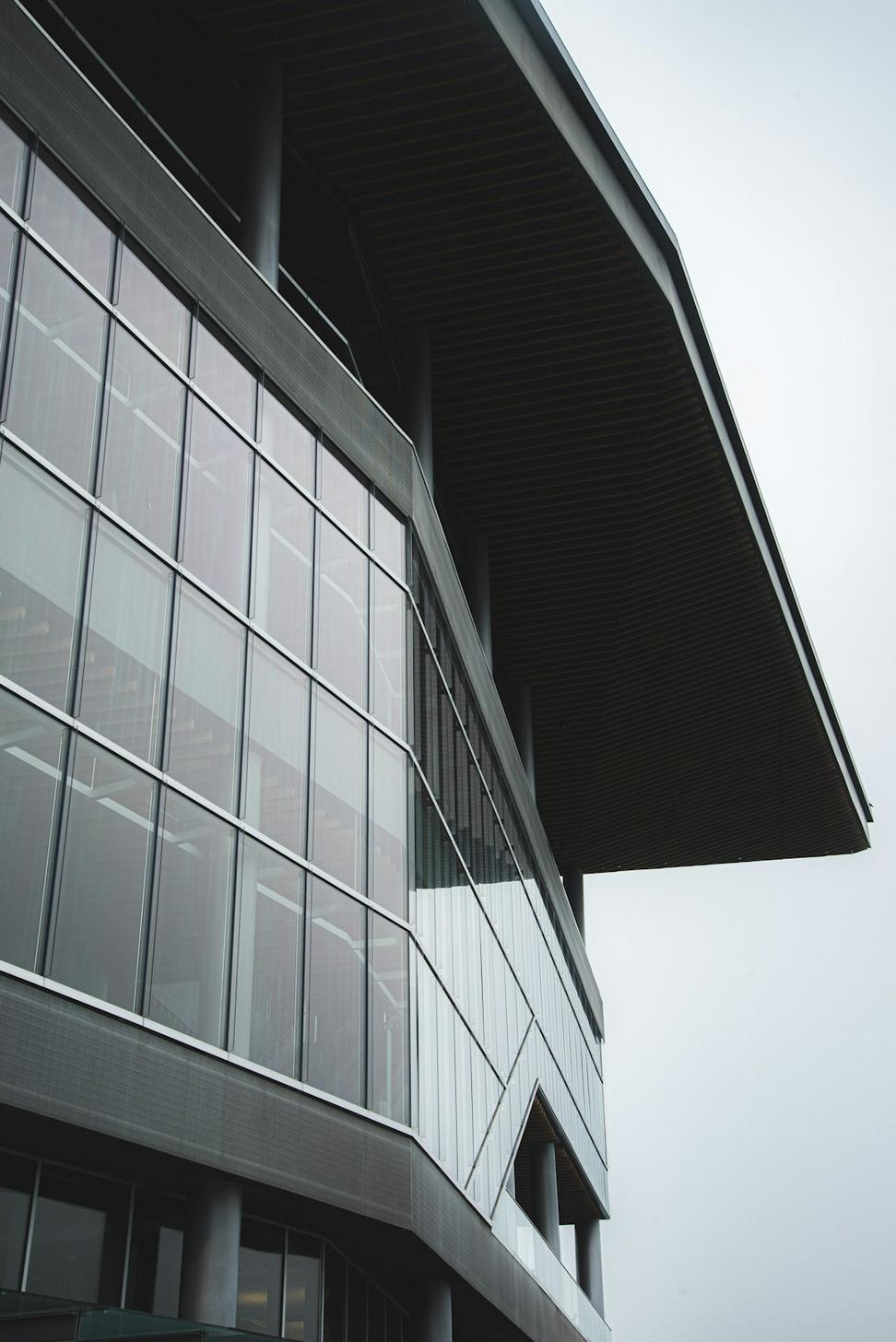Building Tomorrow, Not Borrowing It
Look, we're not gonna pretend every project we touch is saving the planet. But we're damn serious about doing architecture right - which means thinking beyond the ribbon-cutting ceremony.
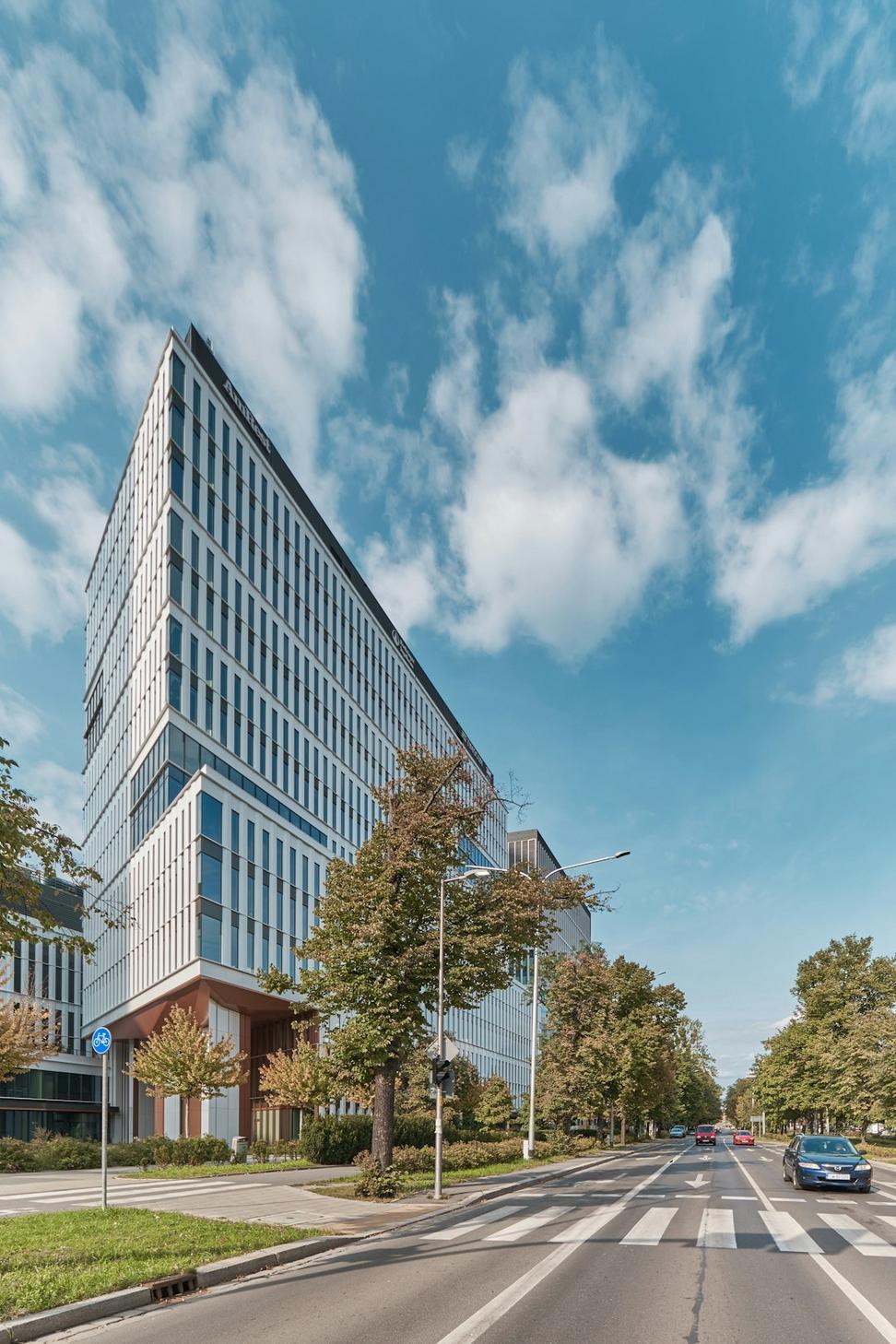
Look, we're not gonna pretend every project we touch is saving the planet. But we're damn serious about doing architecture right - which means thinking beyond the ribbon-cutting ceremony.

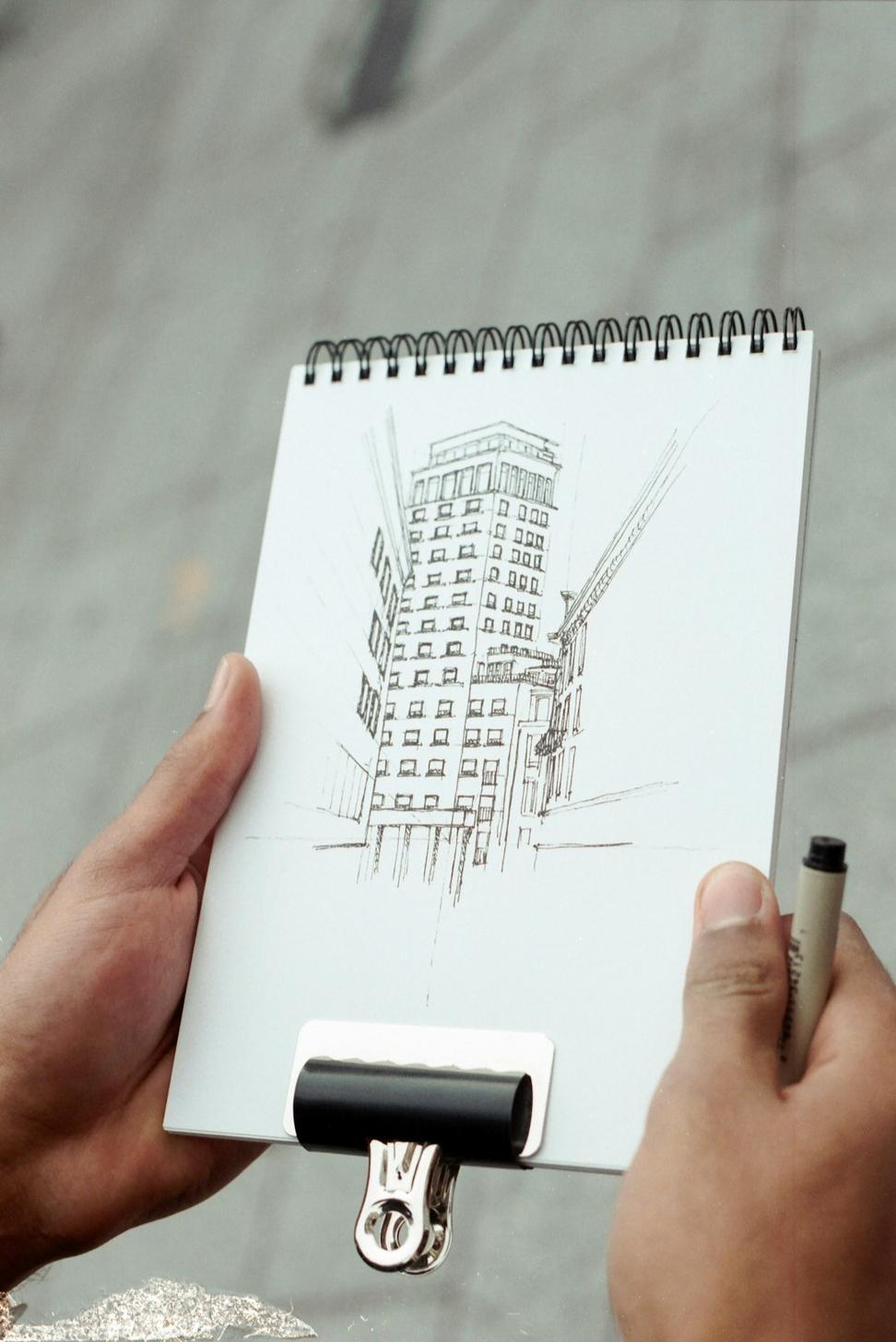
Started out like most firms - checking boxes for LEED points, you know the drill. Then around 2013, we worked on a community center that was supposed to be "green" but ended up with mechanical systems so complicated the staff couldn't operate them properly. Total waste.
That's when it clicked for us. Sustainable design isn't about cramming in every eco-gadget you can afford. It's about creating spaces that actually work better - lower bills, healthier air, buildings that last longer and don't become obsolete in 15 years.
These days, we're obsessed with passive strategies first. Orientation, natural ventilation, thermal mass - the boring stuff that actually makes the biggest difference. Then we layer on the tech where it makes sense.
Let's Talk Green BuildingReal data from our projects over the past 5 years. Not projections, actual measured results.
Total energy saved annually across active projects
Water conserved through greywater & rainwater systems
CO2 emissions avoided (equivalent to 270 cars off the road)
Average construction waste diverted from landfills
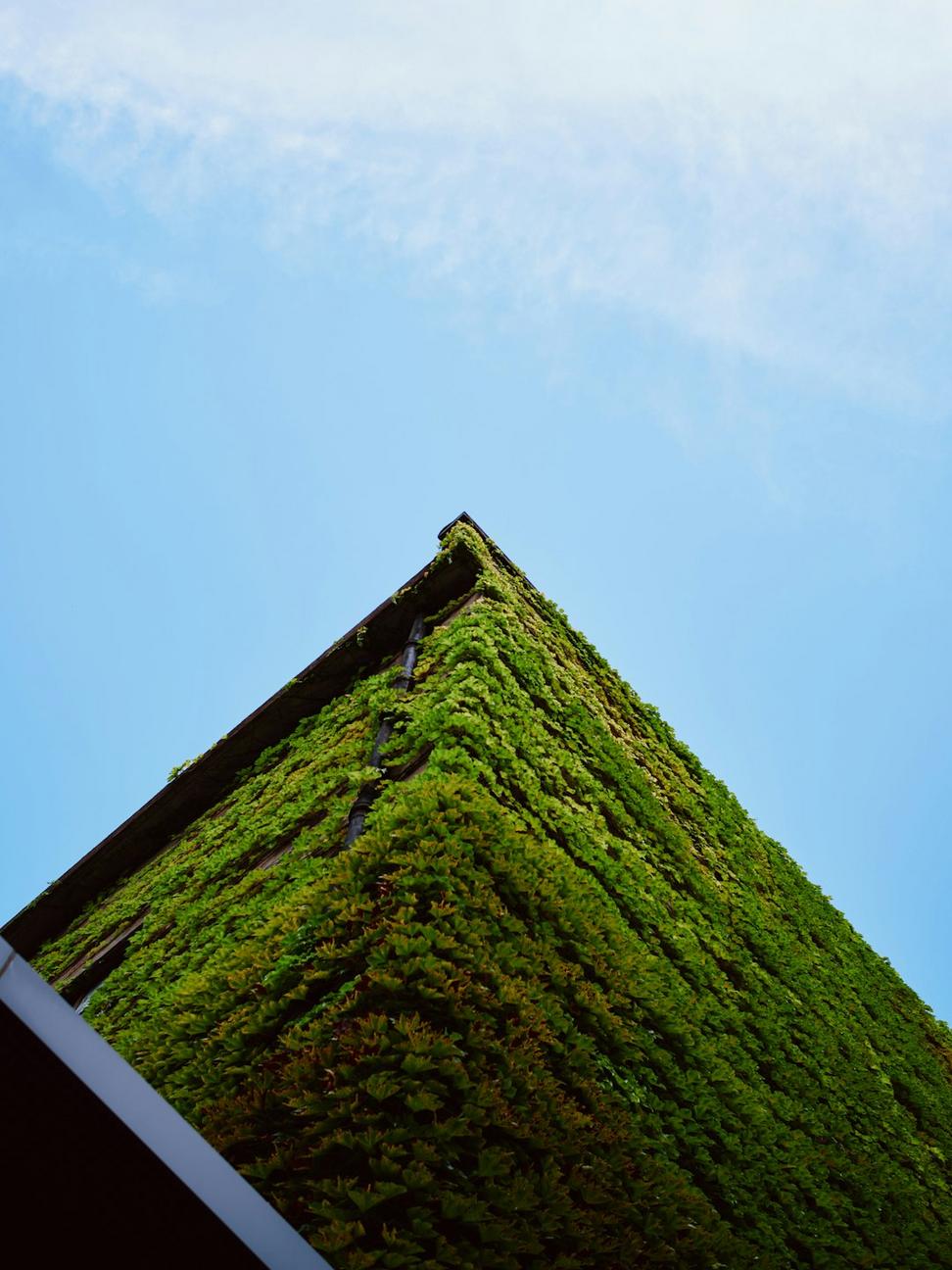
Real talk: These aren't cherry-picked numbers. They're averages across residential and commercial projects in the GTA. Some do way better, some do worse - depends on budget, site constraints, and client priorities. But this gives you a realistic baseline.
Not just logos on our website. These are the frameworks that guide our design decisions from day one.
We've been chasing LEED certification since 2013. Got three LEED APs on staff who live and breathe this stuff. Mostly work in the Gold and Platinum range these days - Silver feels like we're not trying hard enough anymore.
This one's tough as hell but worth it. Passive House standards are brutal - we're talking insane attention to thermal bridges, airtightness testing, the works. But when you nail it? Buildings that barely need heating or cooling.
Newer to this one but honestly? Should've been doing it years ago. WELL focuses on human health - air quality, lighting, acoustics. Turns out people actually care about feeling good in buildings, not just energy bills.
Since we're Toronto-based, this is non-negotiable. City's sustainability performance standards for new construction. Tier 2 is baseline for us, but we usually push for Tier 3 or 4 depending on project scope.
The unglamorous truth about sustainable design - it's mostly about getting the basics right.
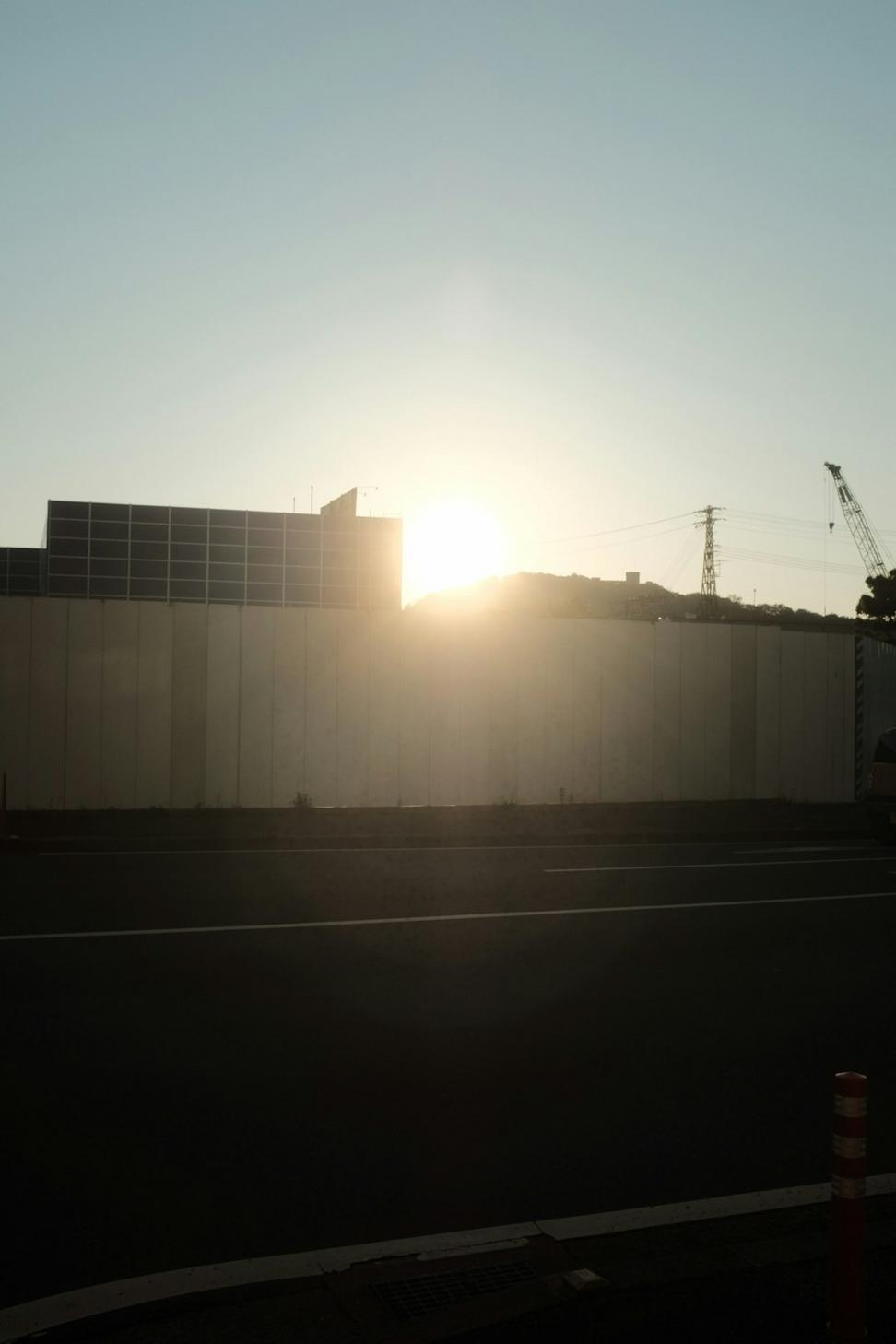
Before we even touch a pencil, we're analyzing solar paths, prevailing winds, existing trees. South-facing glazing in Toronto's climate isn't rocket science, but you'd be surprised how many projects ignore this basic stuff. Getting orientation right can cut HVAC loads by 30-40% without spending a dime on fancy tech.
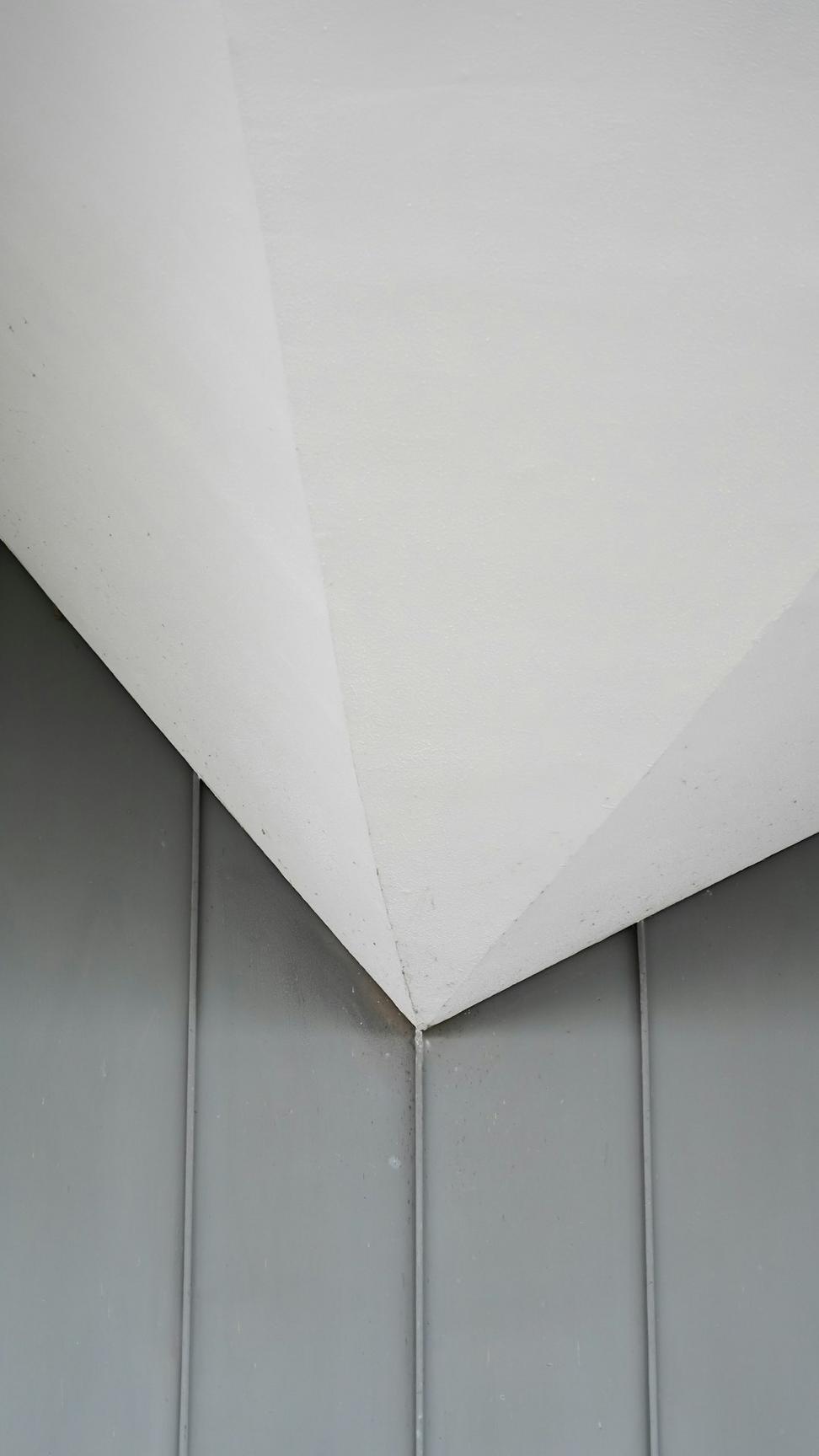
Obsessed with the building skin. Triple-glazed windows, continuous insulation, eliminating thermal bridges - this is where the magic happens. We do blower door tests on everything now. Found a $4M house last year that was leaking air like crazy. Fixed it for 80k and saved the owner probably 15k/year in energy costs.
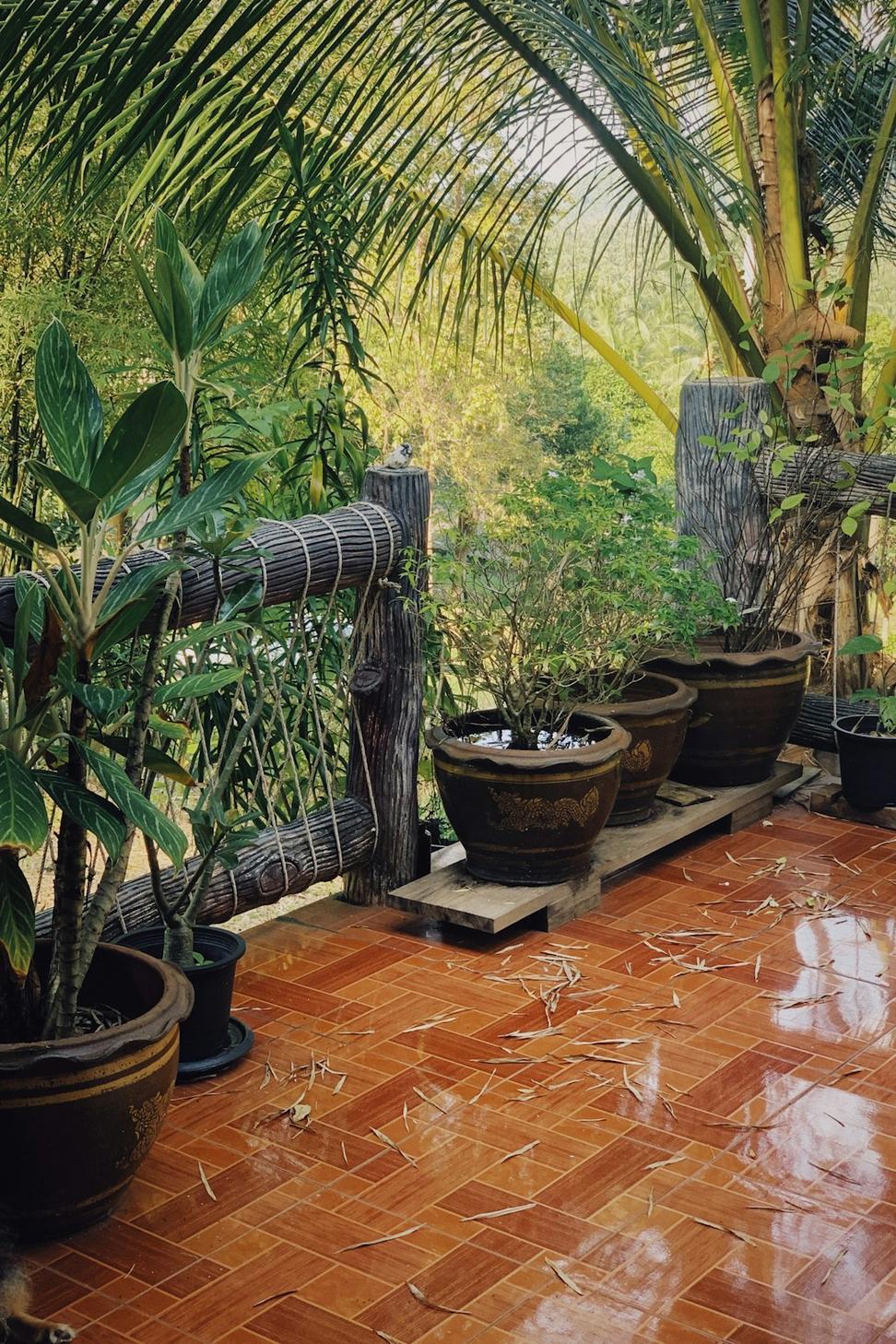
Rainwater harvesting, greywater recycling, low-flow everything. Water's getting more expensive in the GTA and stormwater management is a headache. We had one commercial project where the rainwater system paid for itself in 4 years just from reduced municipal fees. Plus it looks cool - clients love showing off their cisterns.
Why ship granite from Brazil when Ontario's got great limestone? We prioritize materials within 800km radius. Cuts embodied carbon and supports local suppliers. Plus if something breaks, good luck getting replacement tiles from Italy in two weeks.
Instagram-worthy finishes are great until they need replacing in 5 years. We spec materials that'll outlast the mortgage. Brick, concrete, steel, wood from sustainable sources - stuff that ages well and can be maintained without exotic expertise.
Aim for 20%+ recycled content across the project. Reclaimed wood, recycled steel, fly ash in concrete. Not because it checks a LEED box, but because it usually performs just as well and costs less. Win-win.
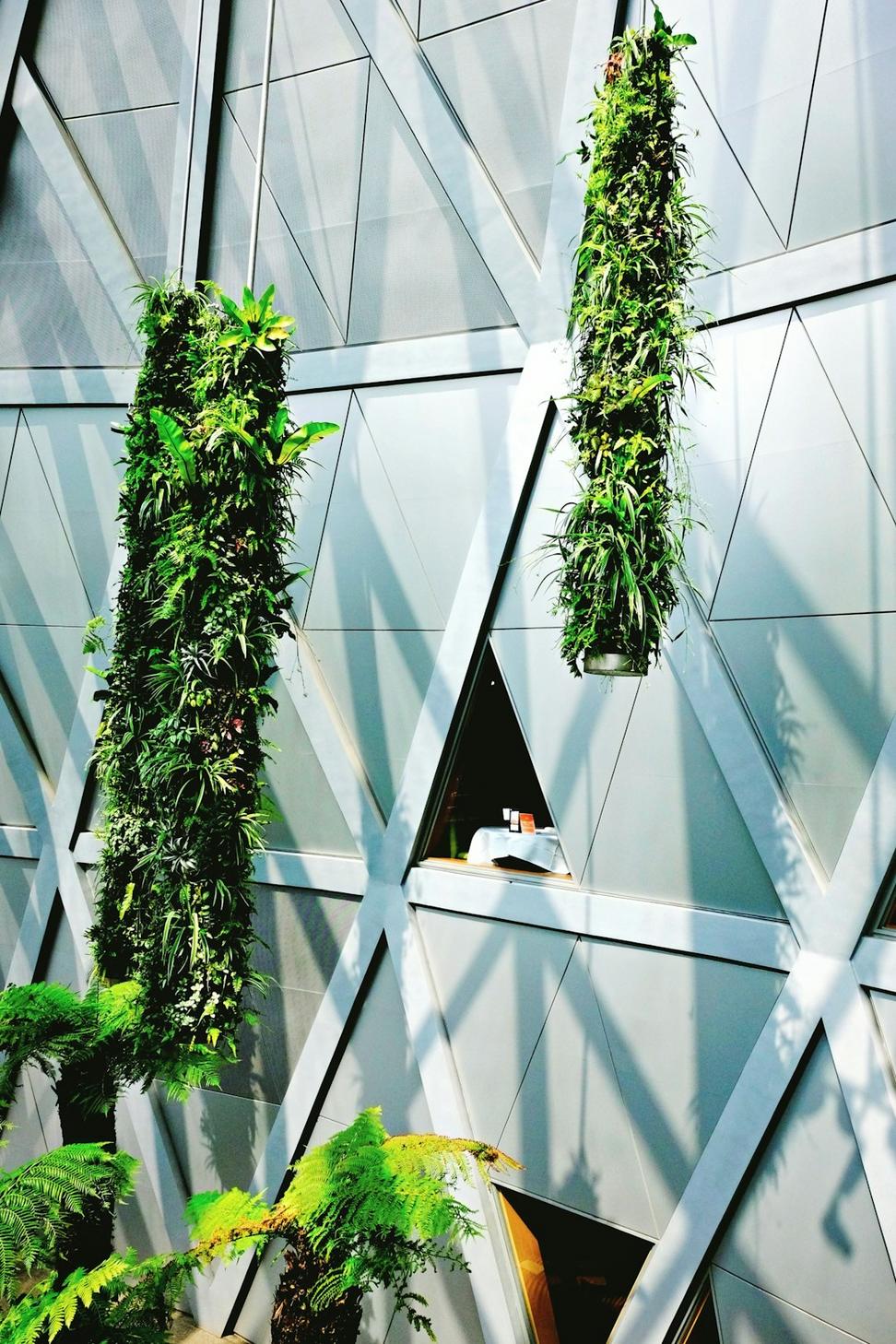
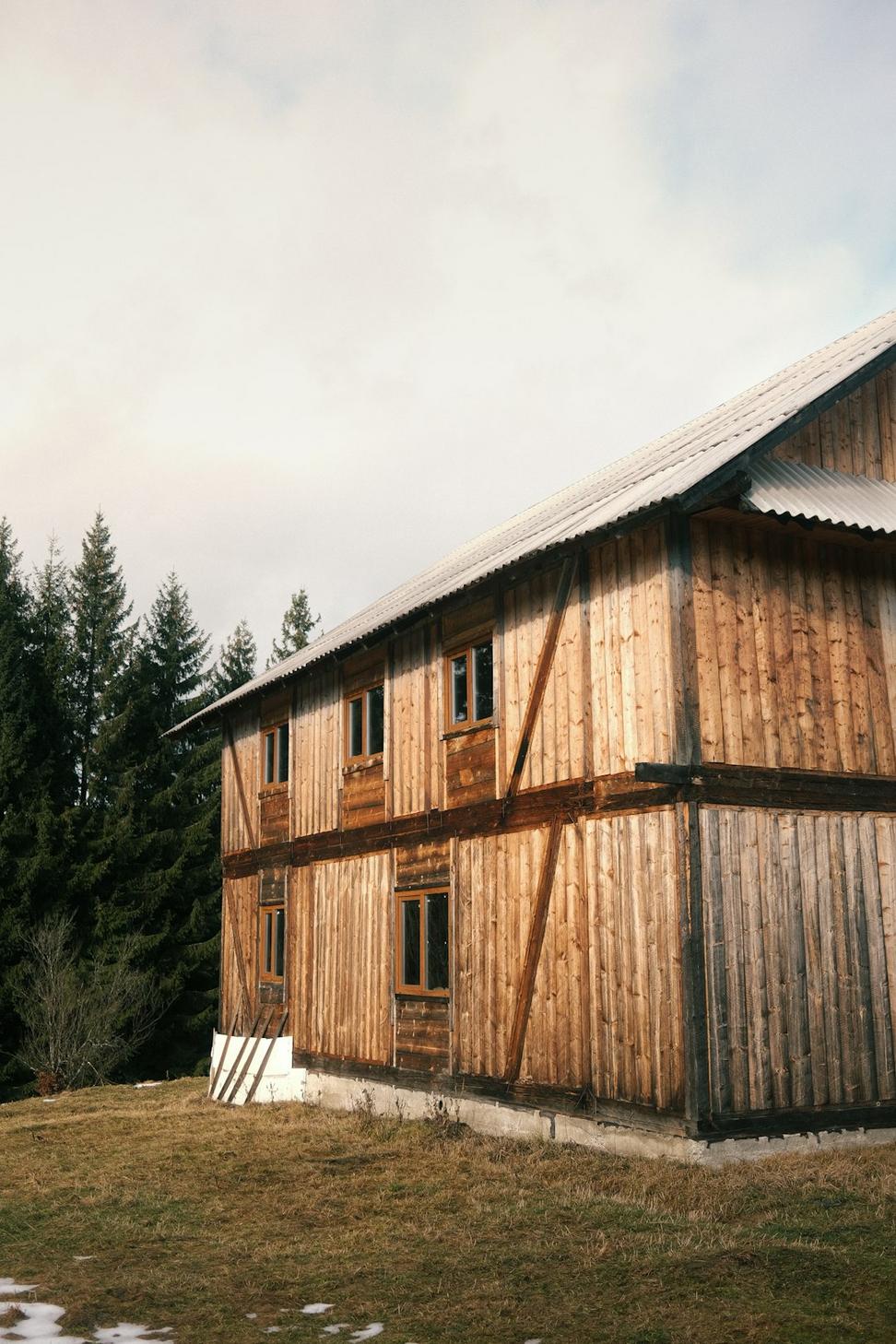
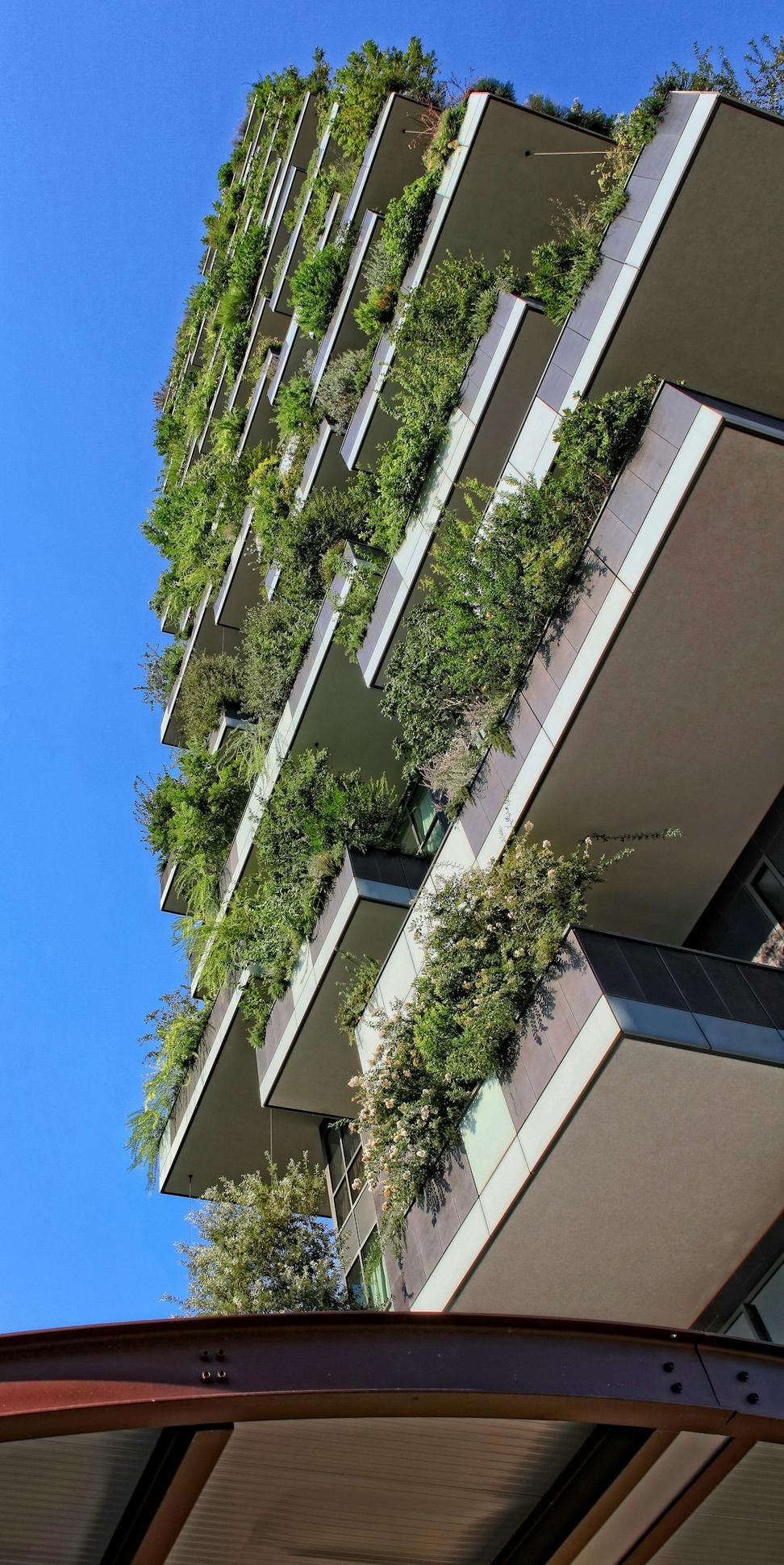
We're not anti-technology - far from it. But there's a lot of green-tech snake oil out there. Systems that promise the moon but need constant maintenance or become obsolete before they pay for themselves.
Our rule: if it doesn't have a clear ROI within 10 years and can be serviced by local contractors, we're skeptical. Here's what actually works in the Toronto market...
